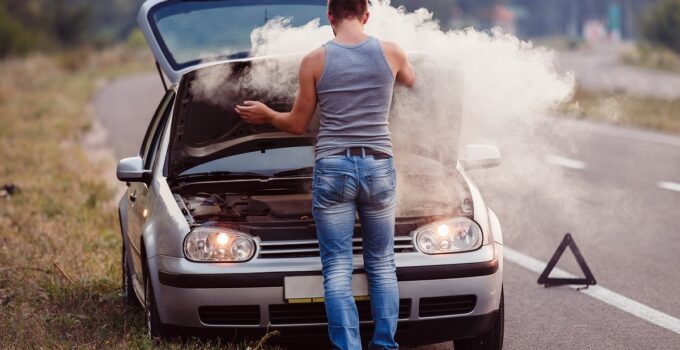Car maintenance is riddled with myths that can lead to unnecessary expenses and practices. Are you ready to separate fact from fiction and make informed decisions about your vehicle?
1. Oil Changes Every 3,000 Miles
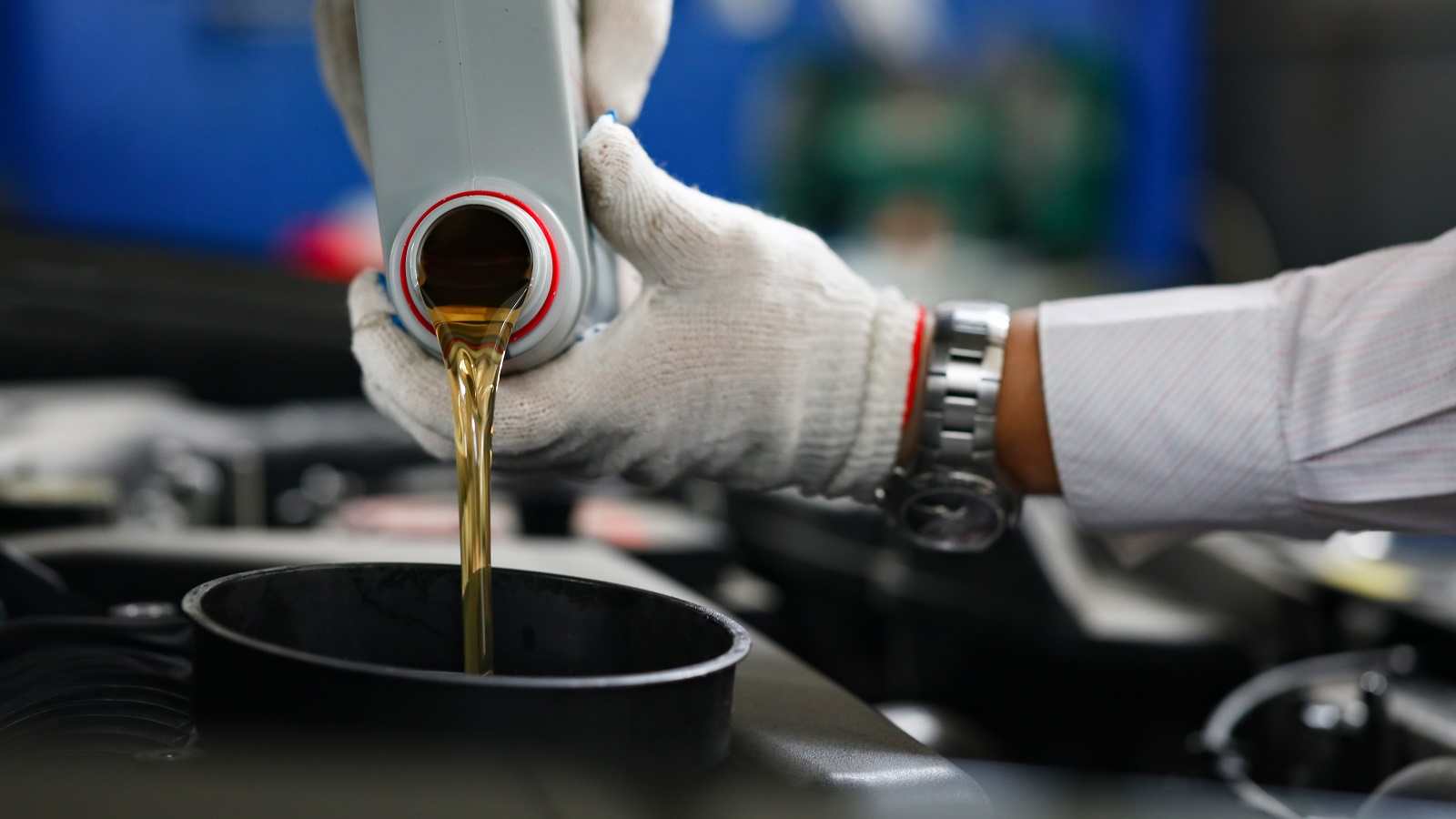
Image Credit: Shutterstock / H_Ko
Modern cars and high-quality oils often mean you can go 7,500 to 10,000 miles between oil changes, contrary to the old 3,000-mile rule.
2. Premium Fuel Boosts Performance in All Cars

Image Credit: Shutterstock / zeljkodan
Unless your car is specifically designed for premium fuel, using it won’t improve performance or efficiency; it’s just a higher expense.
3. Inflate Tires to the Pressure Shown on the Tire Sidewall
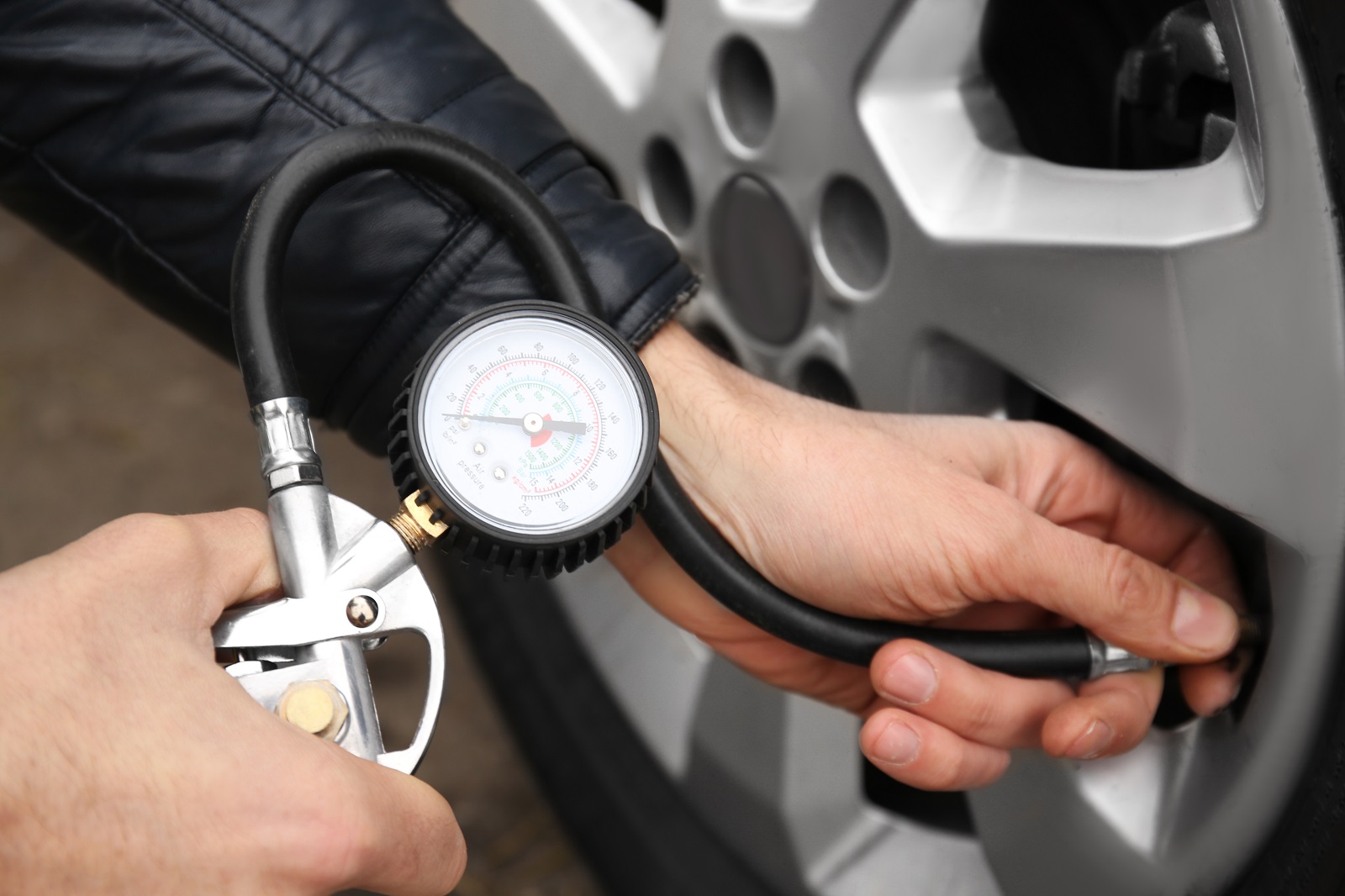
Image Credit: Shutterstock / Africa Studio
The pressure on the tire sidewall is the maximum, not the optimal. Always follow the manufacturer’s recommended pressure found on the driver’s door jamb or in the manual.
4. Warm Up Your Engine by Idling
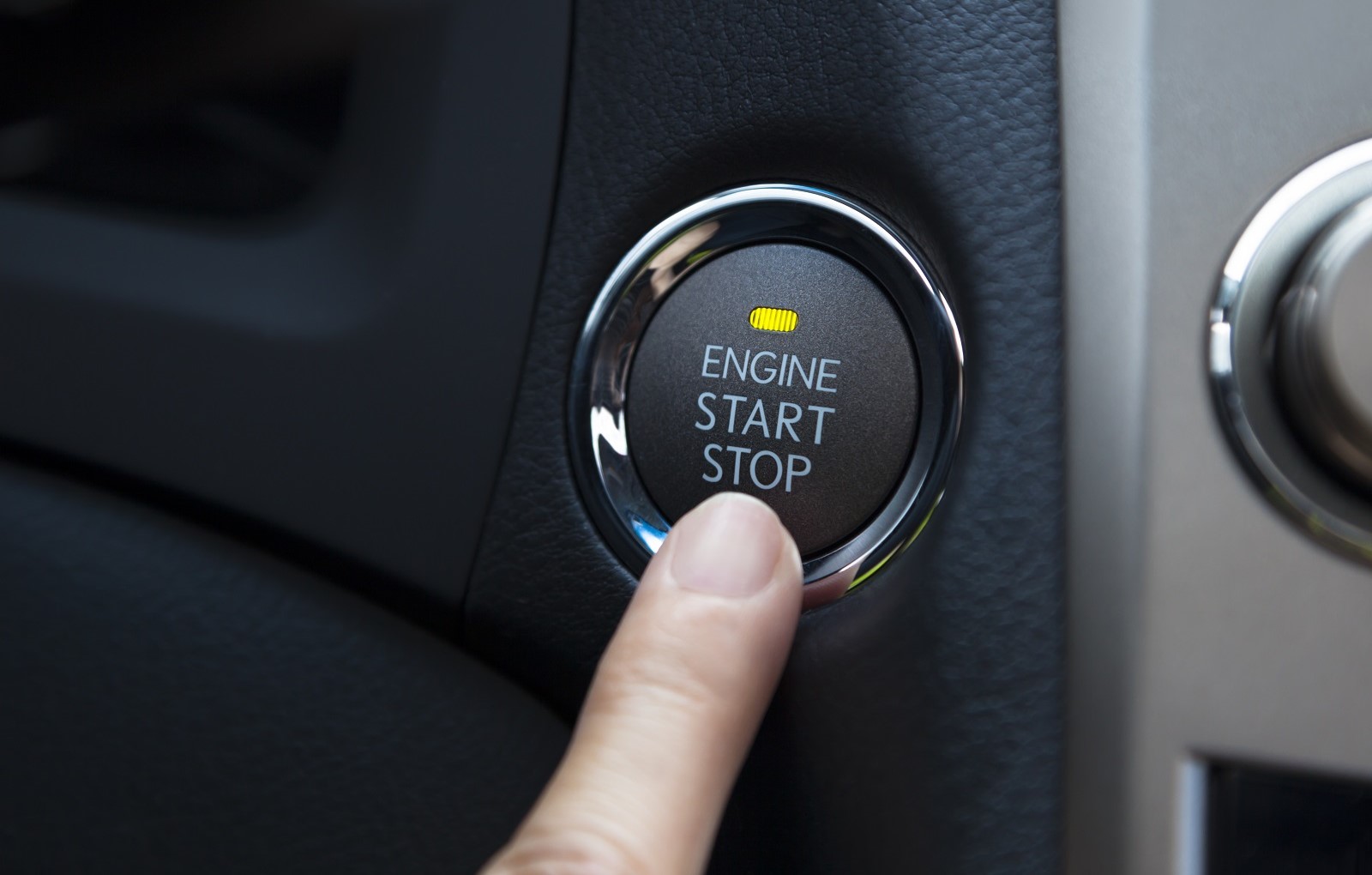
Image Credit: Shutterstock / Tom Wang
Modern engines don’t require long warm-ups. A few seconds to a minute of idling is enough before you start driving, even in cold weather.
5. Wash Your Car with Dish Soap

Image Credit: Shutterstock / Ground Picture
Dish soap can strip protective waxes and damage the car’s finish. Use car-specific soap to preserve your paint’s integrity.
6. You Can Skip the Coolant Flush
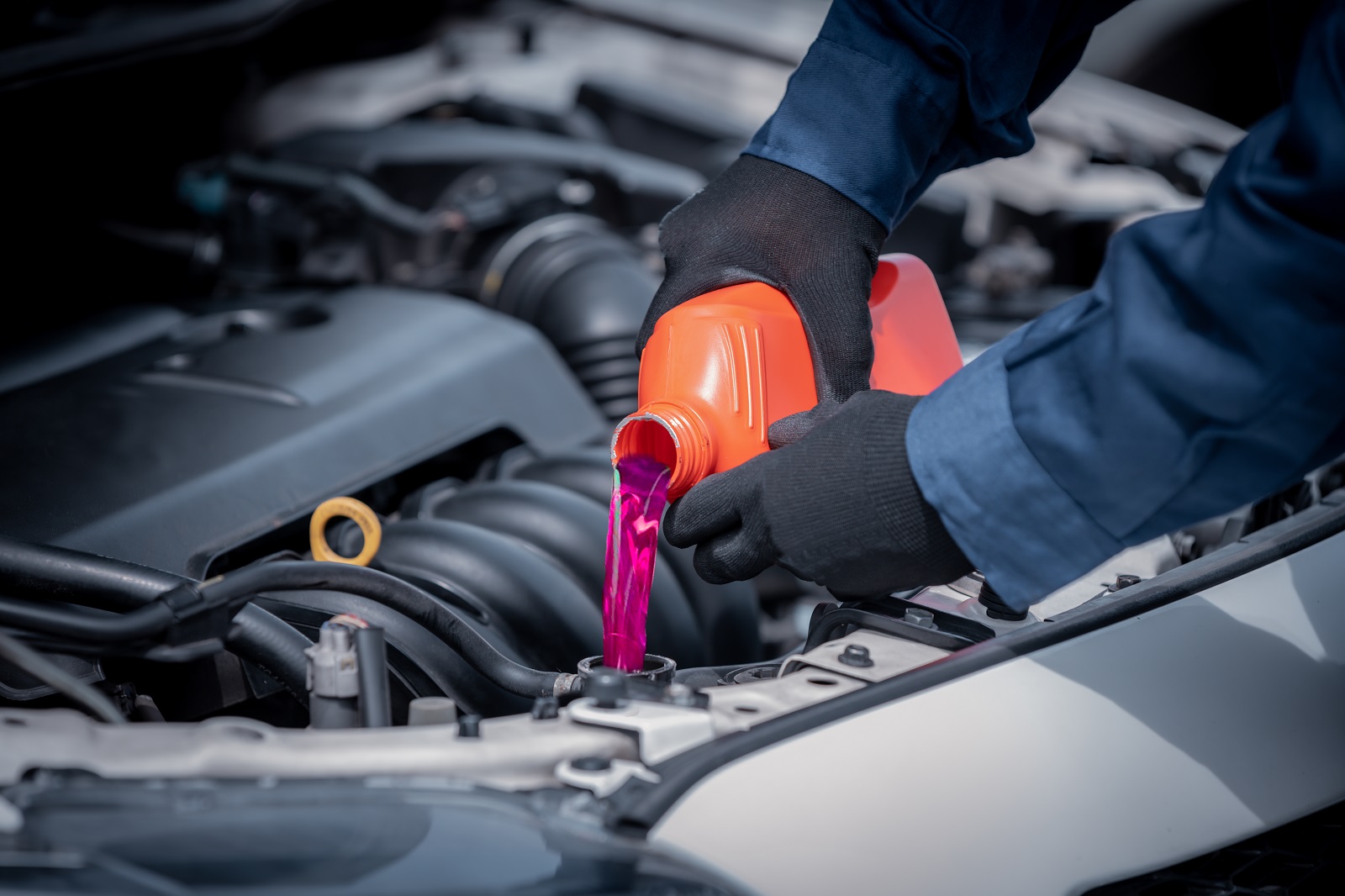
Image Credit: Shutterstock / APChanel
Over time, coolant loses its effectiveness and can corrode the cooling system. Follow the manufacturer’s recommendation for coolant changes to prevent overheating and damage.
7. A Battery Recharges After a Short Drive

Image Credit: Shutterstock / Owlie Productions
It takes hours of driving to fully recharge a battery, especially if it was completely dead. Short drives won’t do much to recharge a deeply discharged battery.
8. More Expensive Oil Is Always Better
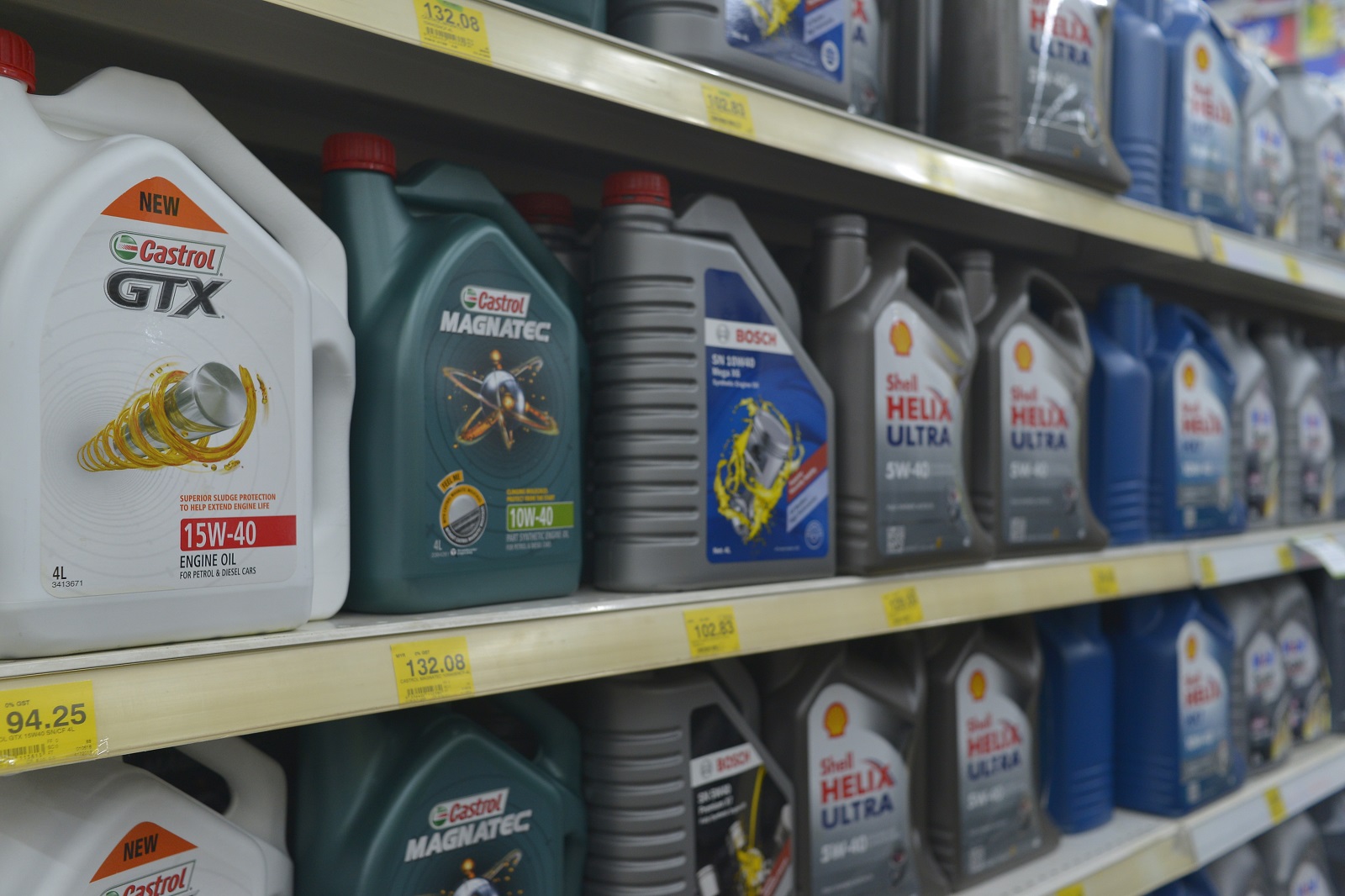
Image Credit: Shutterstock / BARKEH SAID
The best oil for your car is the one that meets the manufacturer’s specifications, not necessarily the most expensive option.
9.Rolling Down Windows Saves More Fuel Than Using AC

Image Credit: Shutterstock / Depiction Images
At highway speeds, open windows create drag that can decrease fuel efficiency more than using the AC.
10. Manual Transmissions Always Get Better Fuel Mileage
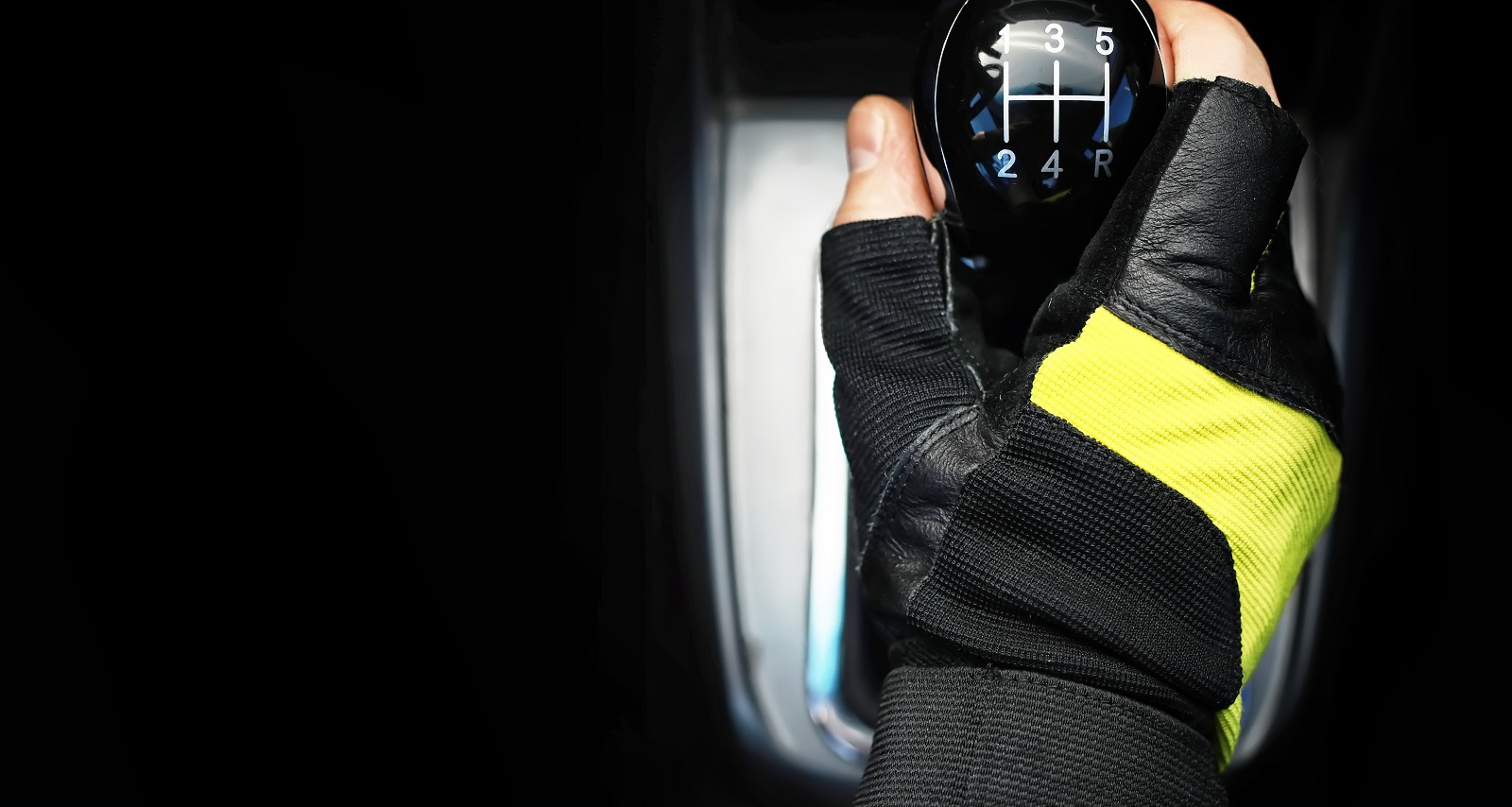
Image Credit: Shutterstock / Chatham172
Automatic transmissions have become more efficient, often matching or surpassing manuals in fuel economy due to advanced technology.
11. You Must Replace All Four Tires at the Same Time
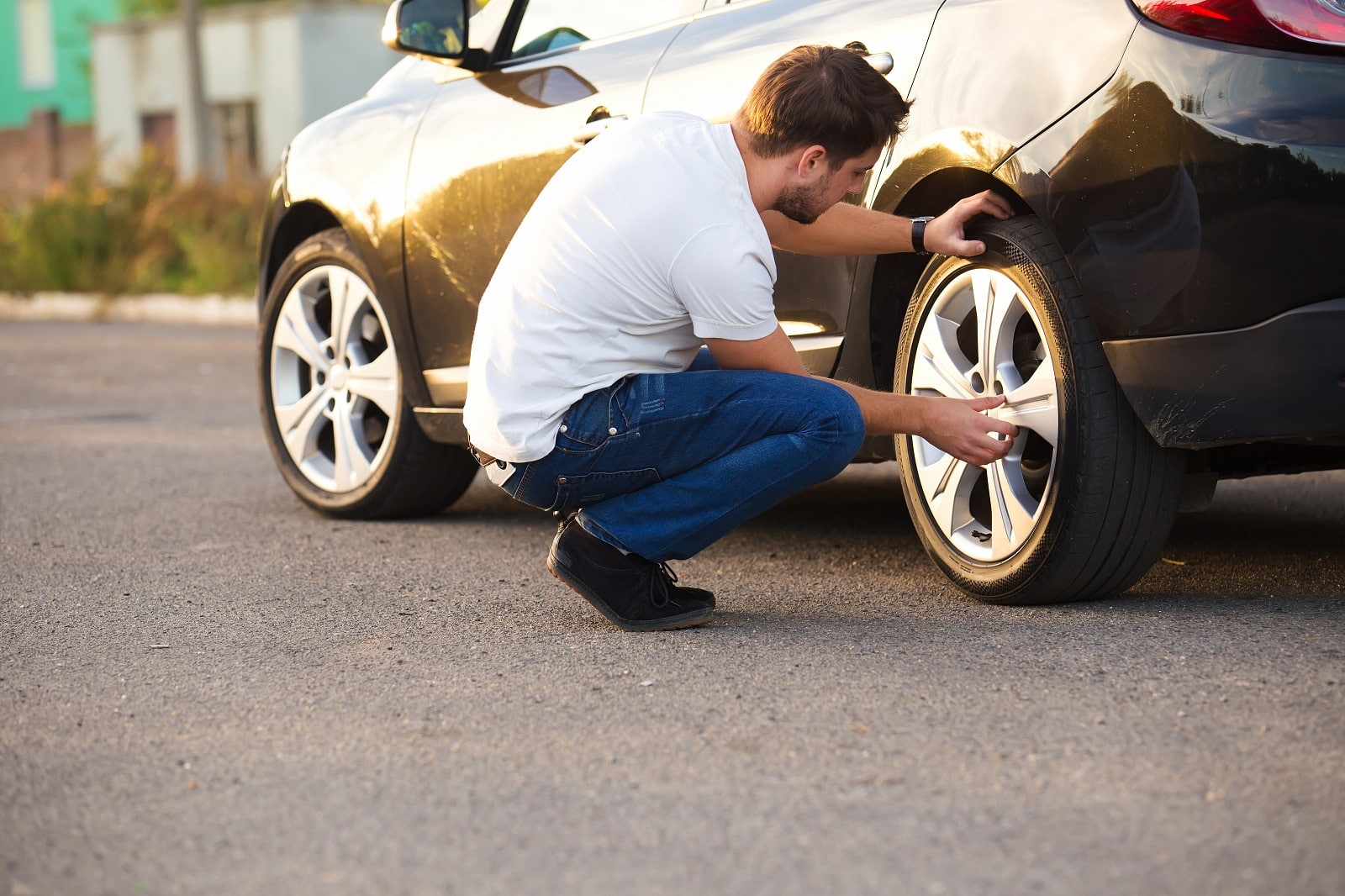
Image Credit: Shutterstock / kozirsky
While replacing all four tires is ideal for AWD vehicles, you can replace tires in pairs (front or back) if the other tires are still in good condition.
12. Brake Fluid Never Needs Changing
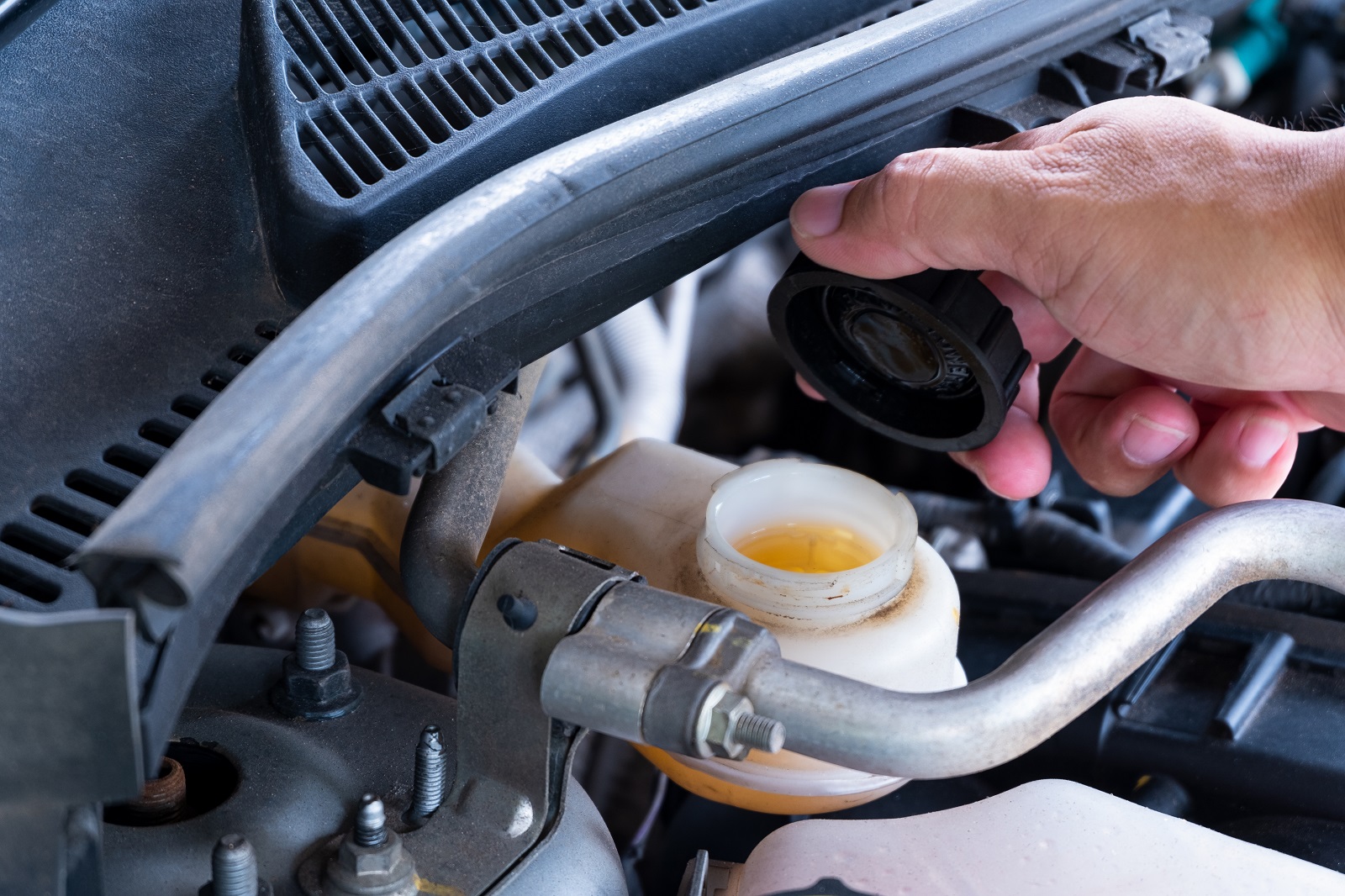
Image Credit: Shutterstock / Kritchai7752
Brake fluid absorbs moisture over time, which can lead to brake system corrosion and failure. It should be changed as per the car manufacturer’s recommendations.
13. Car Waxing Is Just for Aesthetics
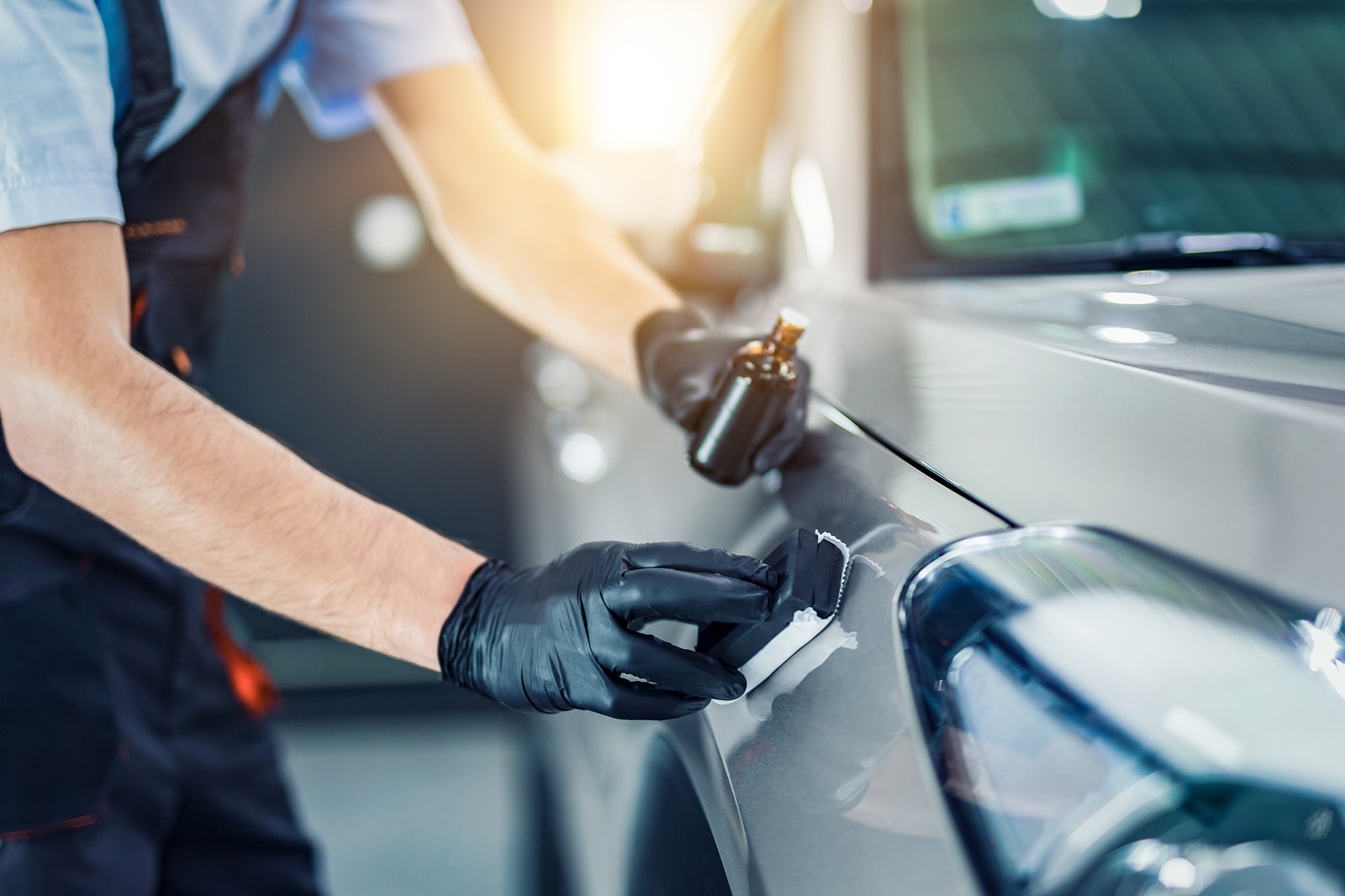
Image Credit: Shutterstock / REDPIXEL.PL
Waxing protects your car’s paint from UV rays, contaminants, and minor scratches, extending the life and look of the finish.
14. Overfilling the Gas Tank Improves Mileage
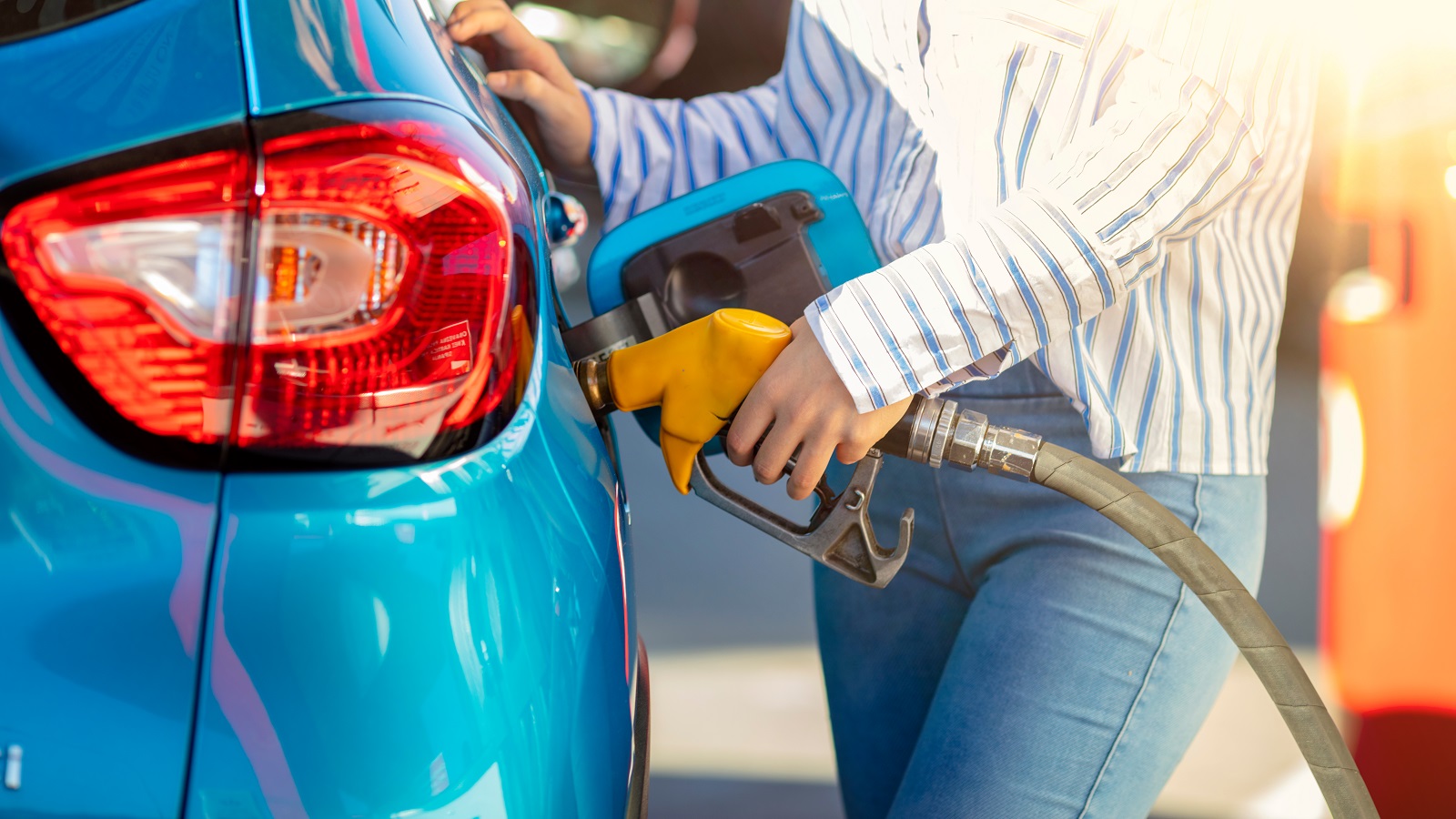
Image Credit: Shutterstock / Dragana Gordic
Overfilling can cause liquid fuel to enter the vapor recovery system, which is designed for vapors, not fluids, potentially causing damage.
15. Jump-Starting Modern Cars Is Safe for Both Vehicles
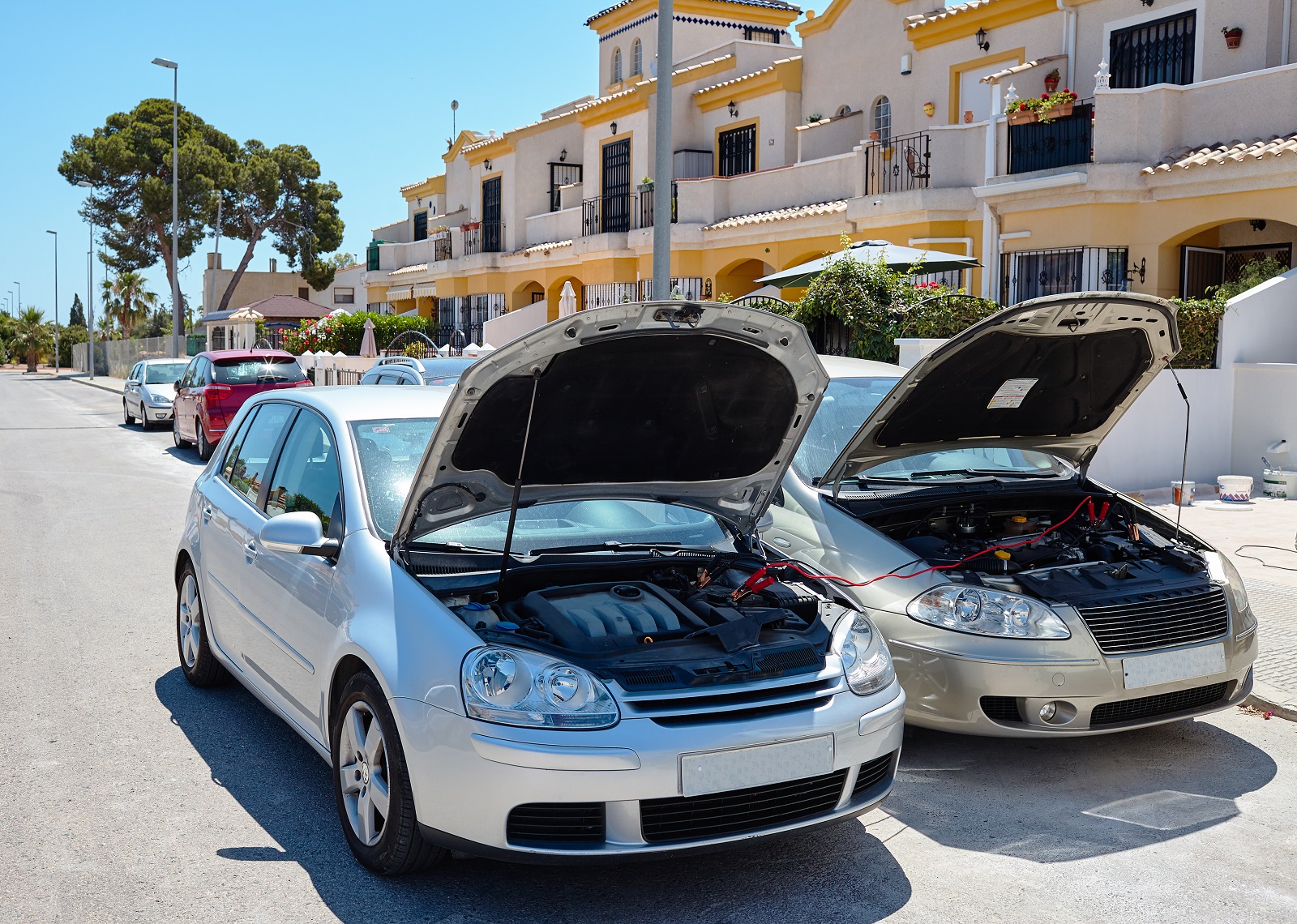
Image Credit: Shutterstock / Kurbanov Vener
Jump-starting can cause voltage spikes harmful to the sensitive electronics in modern cars. Use a portable battery pack or follow safe jump-start procedures.
16. All Mechanics Are Out to Scam You
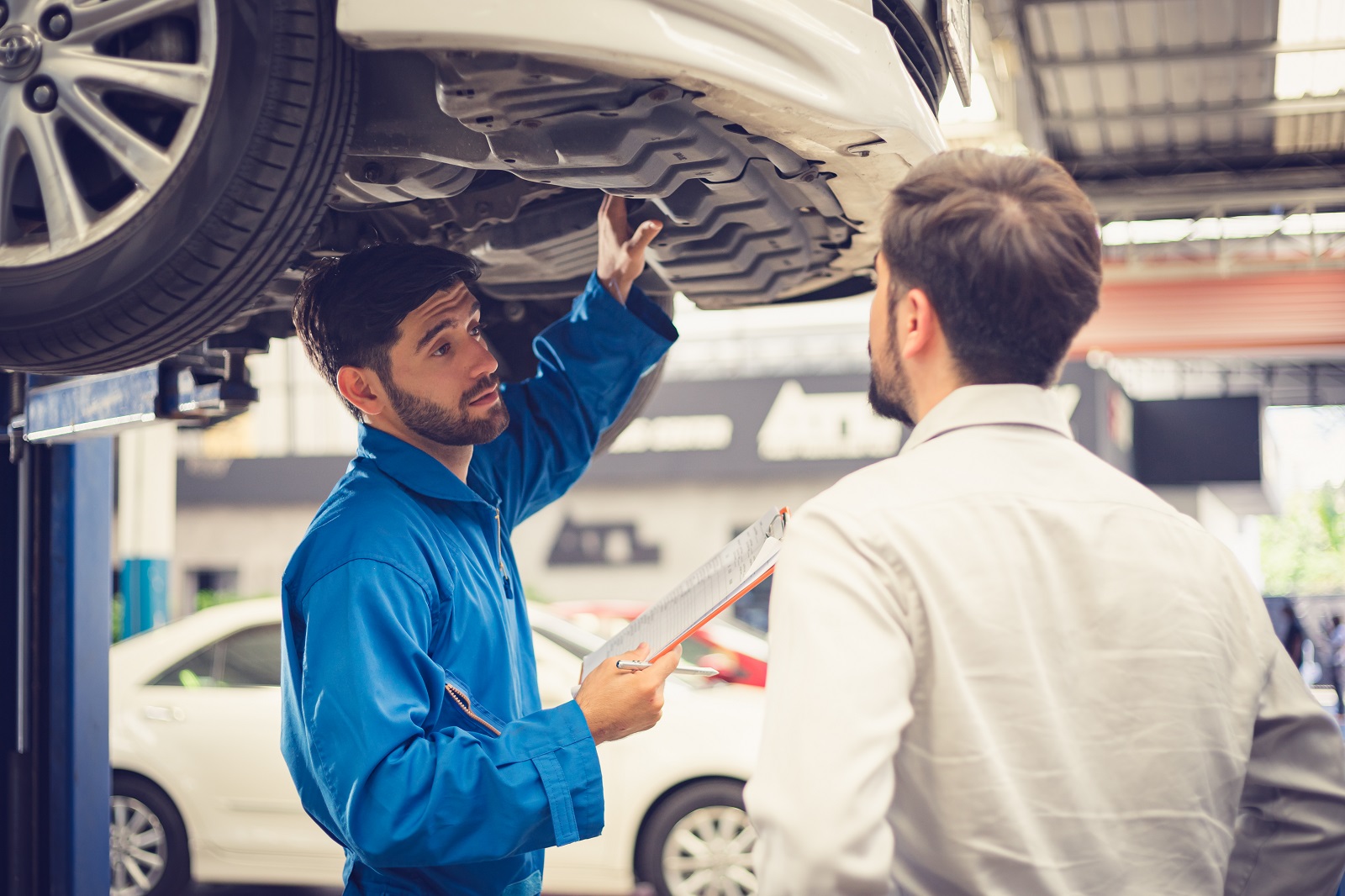
Image Credit: Shutterstock / KOTL
Many mechanics are trustworthy professionals. Research, read reviews, and ask for recommendations to find a reputable service provider.
17. Bigger Tires Provide Better Performance

Image Credit: Shutterstock / UfaBizPhoto
Larger tires can negatively impact handling, fuel economy, and speedometer accuracy. Stick with manufacturer-recommended sizes for optimal performance.
18. Flush All Car Fluids Annually
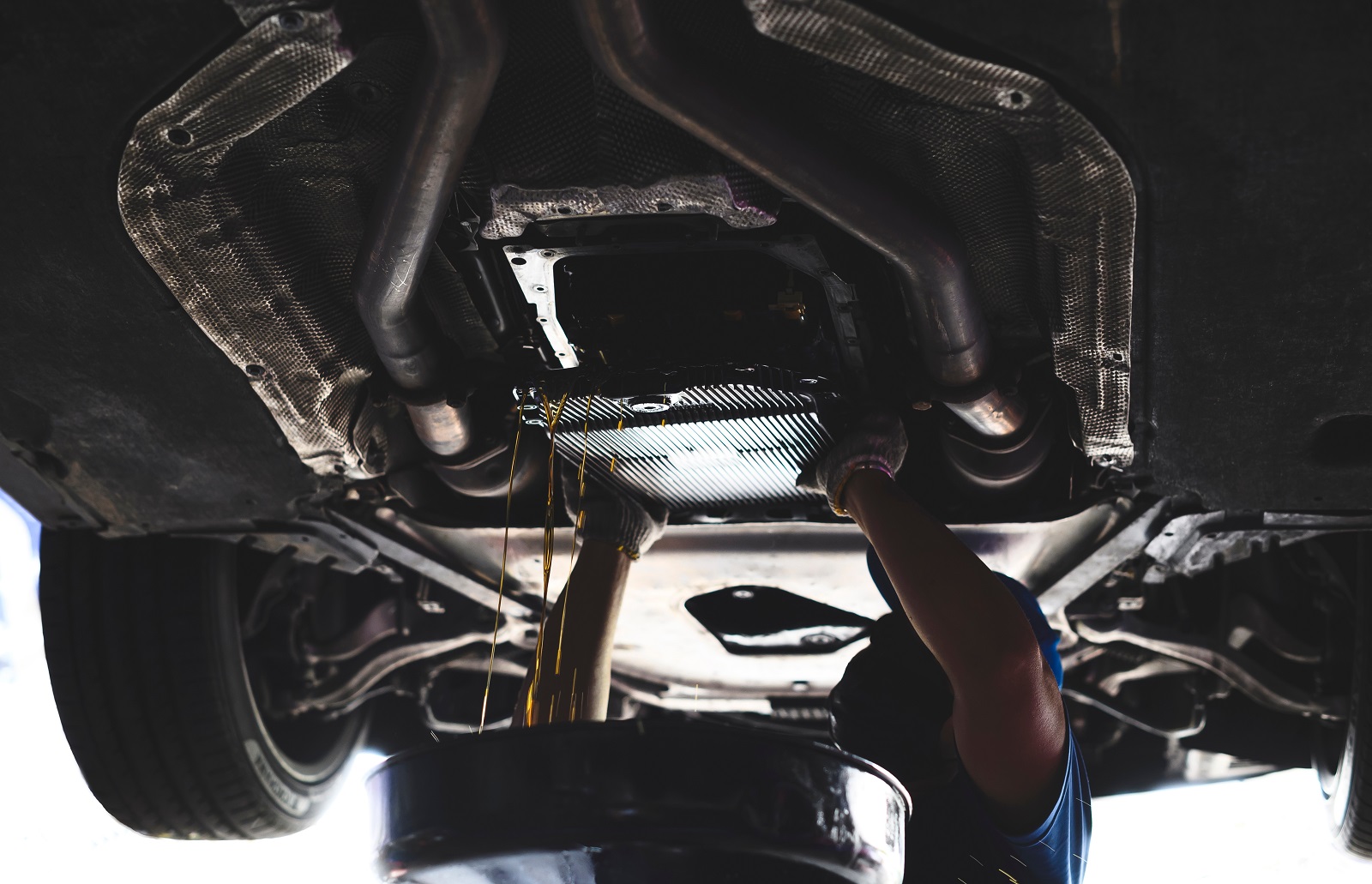
Image Credit: Shutterstock / Setta Sornnoi
Fluids should be changed based on usage and condition, not just time. Refer to your vehicle’s manual for the recommended intervals.
Stay Informed and Proactive

Image Credit: Shutterstock / Pongchart B
By debunking these myths, you can approach car maintenance with confidence, ensuring your vehicle remains in peak condition without unnecessary or misinformed practices. Always rely on your vehicle’s manual and trusted professionals for the best care advice.
The post – Busting 18 Popular Myths About Car Maintenance – first appeared on Mechanic Insider.
Featured Image Credit: Shutterstock / Goncharov_Artem.
For transparency, this content was partly developed with AI assistance and carefully curated by an experienced editor to be informative and ensure accuracy.
